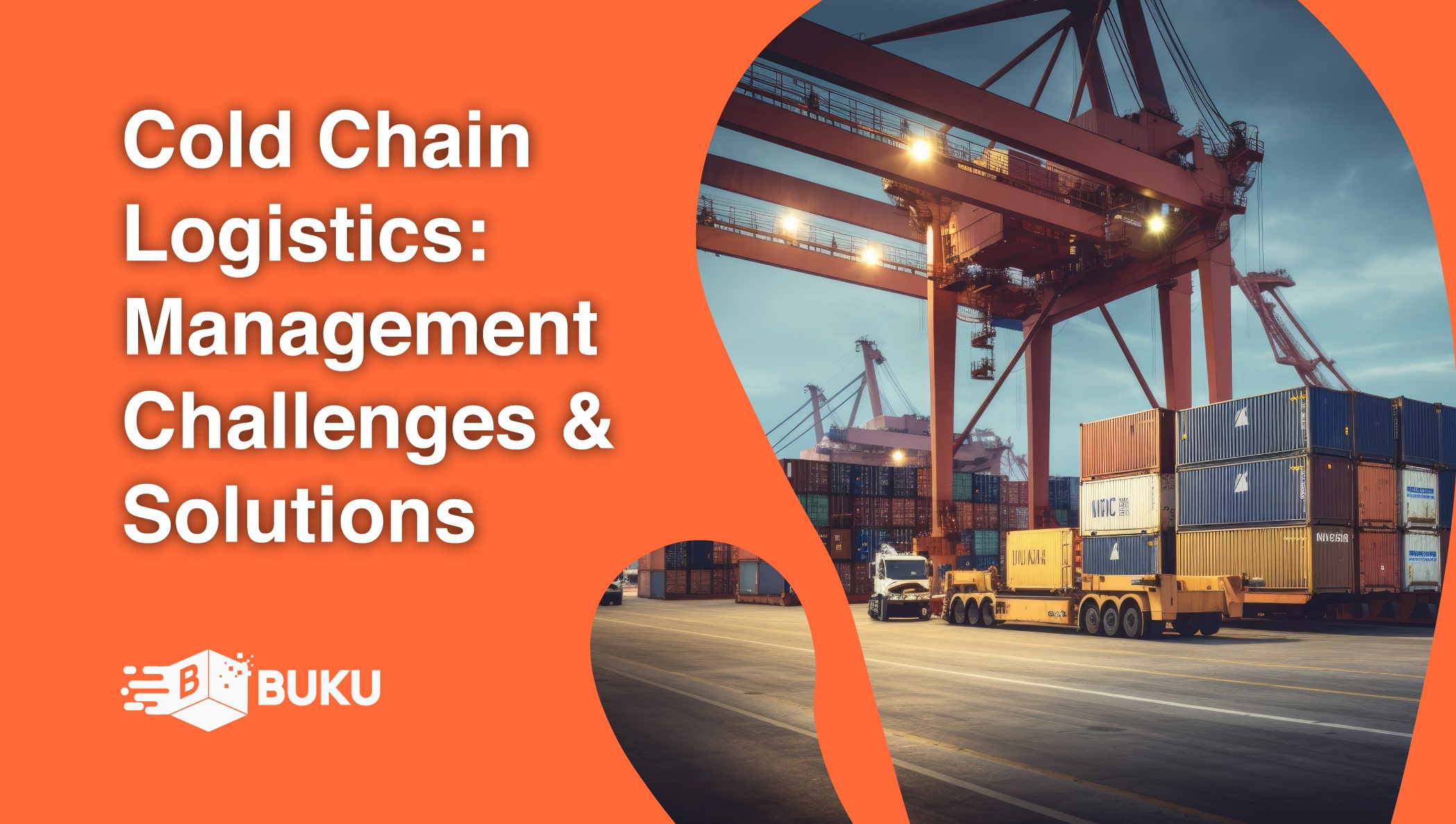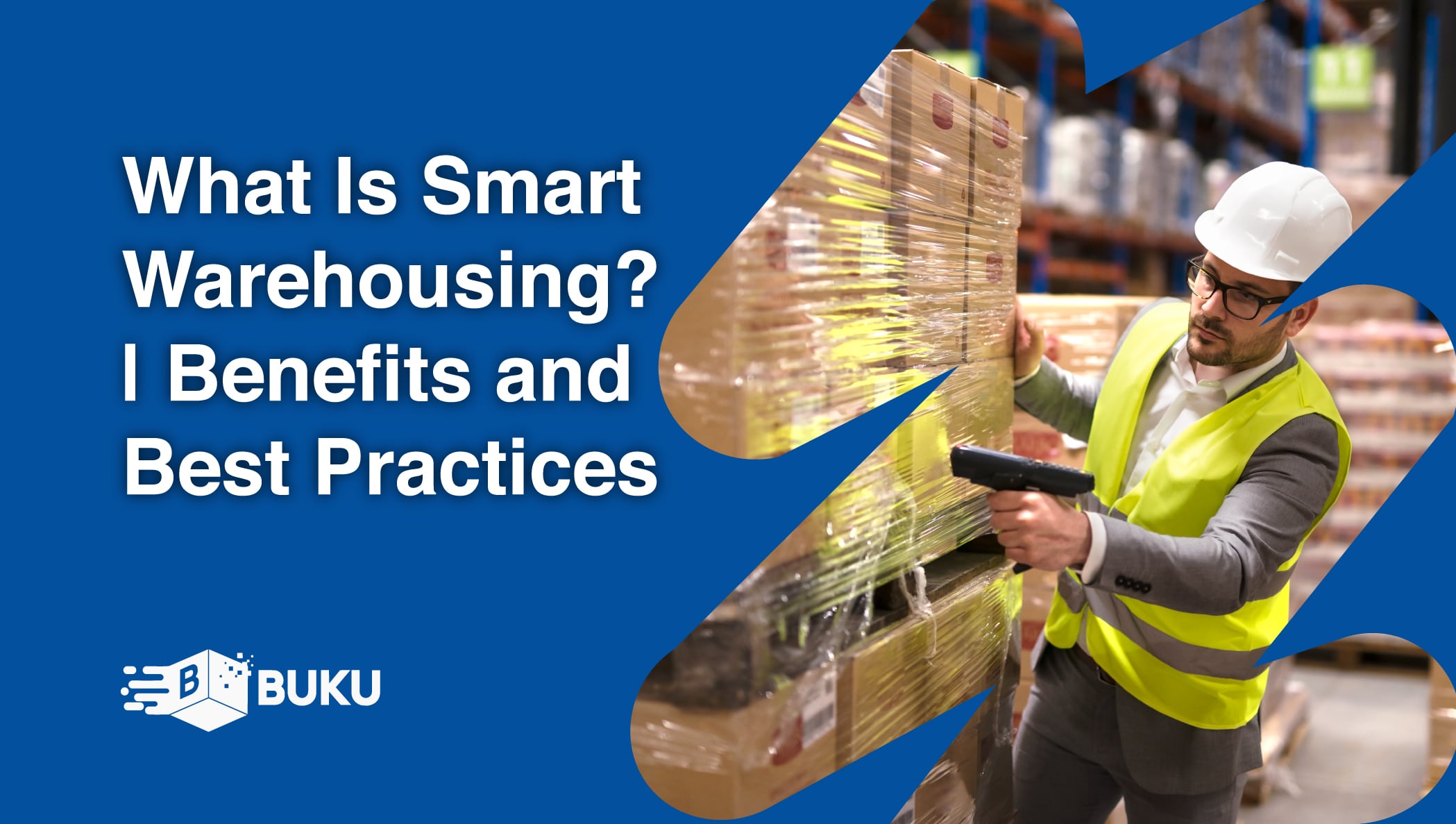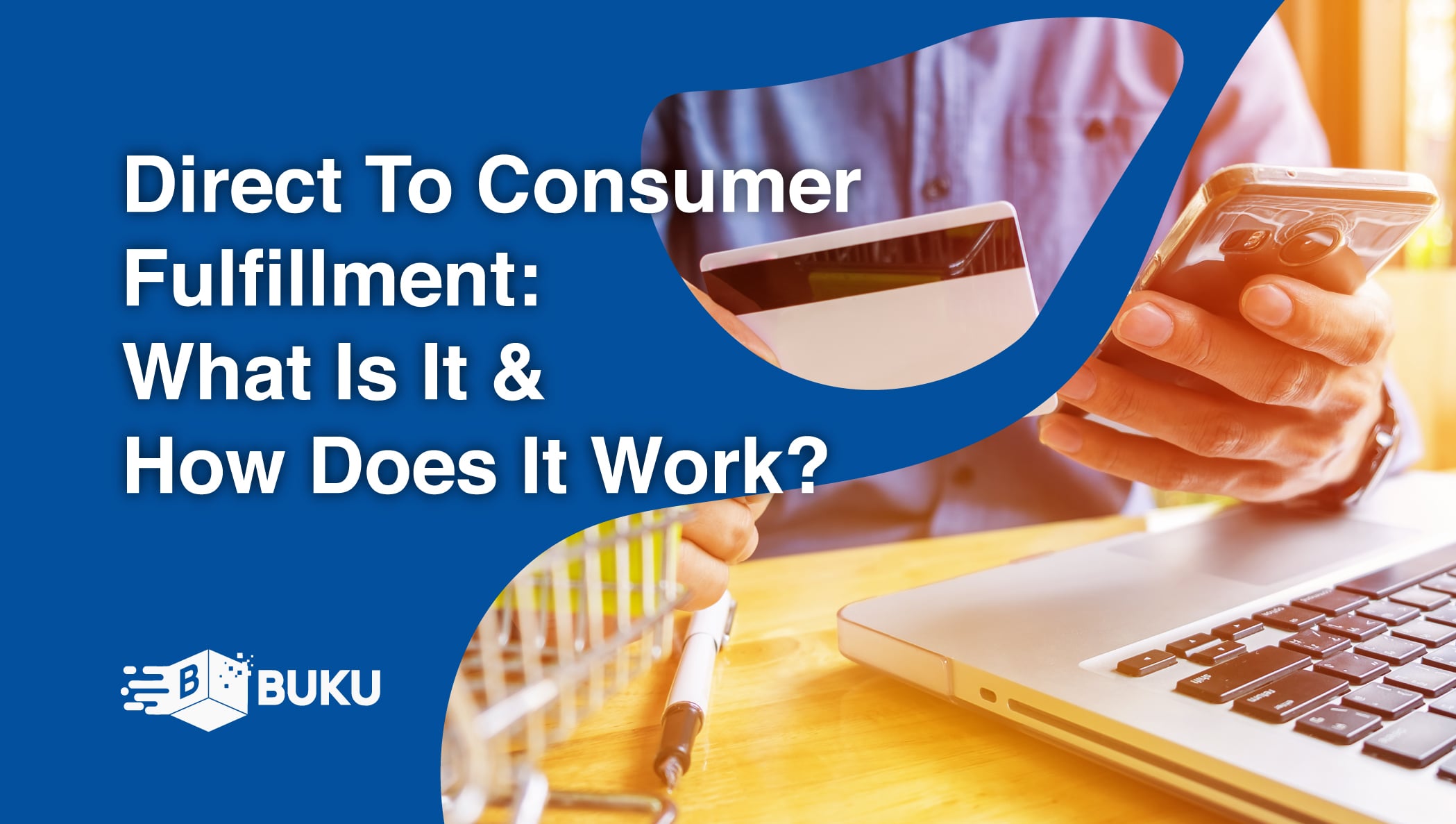Cold Chain Logistics: Management Challenges & Solutions
The supply chain is a term used to describe all the components required to transport goods from beginning to end, from production to the end...
3 min read
 BUKU Marketing
:
Jul 15, 2022 2:36:37 PM
BUKU Marketing
:
Jul 15, 2022 2:36:37 PM
-2.png)
The number one way to grow your business -- listen to your clients. Hear what they have to say, understand what their expectations are and surpass them. Brands have a responsibility to their customers, to listen and then act. There are many areas that could need improving such as your webpage, pricing, product, marketing, and much more. In this article we will discuss what the consumer shipping expectations are as well as some tips to meet and exceed expectations. Thus, leaving your customer satisfied and more likely to purchase again.
The customer experience should be a positive one from the initial purchase all the way until the product arrives. Shipping takes up a large section of the timeline and often gets overlooked.
The tips that we will discuss in this post are:
Brands often make the mistake of only offering one shipping option. This is severely limiting to your customers. Presenting multiple lanes with various costs and speeds gives the consumer the power of choice which is a key expectation that purchasing consumers have. The power of choice may come as a surprise to you, especially if you offer FREE shipping. But there is another choice consumers have that often exceeds price, timing. If I need that bracelet ASAP because of a forgotten birthday, I want the option for fast shipping. Does that shipping option cost more? Yes. But if I need it quickly, I am willing to pay extra to get it here. Price at that point becomes less of a contributing factor.
Going from a single lane to multiple opens the door to additional customers. This is a small and simple adjustment that all e-commerce businesses should make to increase their cart conversion and revenue.
Give your customer an “Amazon” like experience. People have grown accustomed to Amazon’s carts, and they are a good template to follow. The first change that should be made is what was discussed above, offering multiple shipping lanes. The second factor that many e-commerce businesses have yet to master is providing accurate arrival dates on each of their shipping lanes. Or any arrival dates at all!
Being able to calculate and display accurate arrival times is crucial to the customer checkout experience. Knowing when a package is scheduled to arrive gives the customer peace of mind and the transparency they deserve.
If one lane is being offered with no approximate shipping arrival date, I (the consumer) am left confused and unsatisfied. If I have multiple options but the dates are not approximated correctly then I am left displeased and less trusting of that brand the next time around.
Leave your customers satisfied and content! Display arrival dates to increase brand to consumer transparency. Then, work with your shipping platform, such as BUKU, to calculate the correct arrival dates for packages. Often times arrival estimations don’t take into account processing, fulfillment, and other factors. By working with the right software solution, you can determine and display the most accurate arrival date.
Shopping carts can be empowered to become one of your favorite tools. Flat rate shipping is a thing of the past. When you display a cost at checkout, that should be your fully loaded cost. What does that mean? That means the final cost takes into consideration dimensional weight, warehouse stocking fees, surcharges etc. Many times, these expenses are overlooked and can end up costing companies thousands. By appropriately pricing your shipping you can avoid huge losses that many brands are taking without even realizing it isn’t an essential expense.
Another way to increase transparency and make sure all associated costs are being displayed is by calculating and displaying the taxes and duties for international shipments. International customers could be confused and distrustful of a high shipping cost unless they see the taxes and duties calculated and displayed for them to see.
Stop limiting yourself by only focusing on domestic sales. Statista predicts global retail ecommerce will grow from an estimated $4.89 billion in 2021 to $6.38 billion by 2024. This isn’t a market that you want to miss out on. Expanding your sights internationally gives you access to a broader market, diversification of risk, and so much more.

With BUKU all these tips are quick and easy to implement. As well as free to get started! Through BUKU we offer free onboarding and zero subscription costs.
Add multiple shipping lanes to your cart, calculate and display accurate arrival dates, and figure out what fully loaded shipping costs look like for you all through BUKU!
We also help all our customers access the international market. Delivering a supreme shipping experience is quick and easy with BUKU. Starting your international journey is simple with our features such as a tax and duty calculator as well as IOSS filing.
Click the link below to speak with one of our representatives today!
Sources:
https://www.statista.com/statistics/379046/worldwide-retail-e-commerce-sales/

The supply chain is a term used to describe all the components required to transport goods from beginning to end, from production to the end...

A smart warehouse is a large building where raw materials and other consumer goods are stored using machines, computers, comprehensive software, and...

Direct-to-consumer (DTC) fulfillment is a strategy that helps brands sell and deliver their products directly to customers more efficiently while...